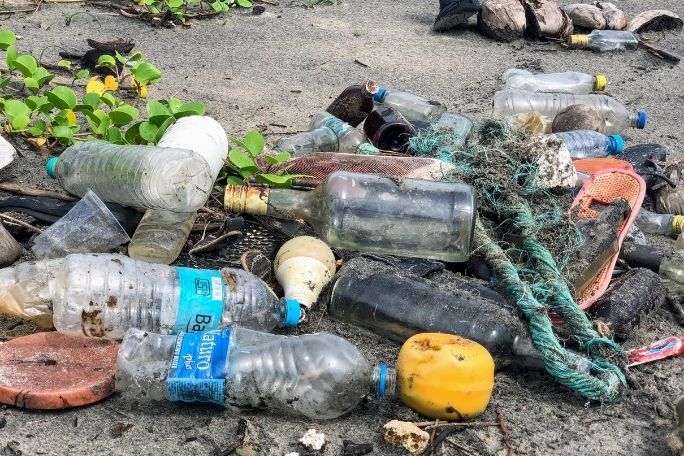Lesson summary
Students develop a safety code for learning about solid waste.
Learning intentions:
Students will...
- learn that there are some hazards in learning about waste
- understand that developing a safety code for waste makes learning about waste safer for everyone.
Lesson guides and printables
Lesson details
Curriculum mapping
Australian Curriculum content description:
Year 9 Science
- Plan, select and use appropriate investigation methods, including field work and laboratory experimentation, to collect reliable data; assess risk and address ethical issues associated with these methods (ACSIS165).
Year 10 Science
- Plan, select and use appropriate investigation methods, including field work and laboratory experimentation, to collect reliable data; assess risk and address ethical issues associated with these methods (ACSIS199).
Syllabus Outcomes: SC5-5WS, SC5-6WS.
Time required: 48 mins.
Level of teacher scaffolding: Low – lead the activity.
Resources required
- Paper and pens
Additional info
This is an original Cool.org lesson. Facts and figures in these lessons may have changed since this lesson was published. We always endeavour to update our resources in a timely manner, but if you see an error or issue in our resources please get in touch with us.


Welcome back!
Don't have an account yet?
Log in with:
By signing up to Cool.org you consent and agree to Cool's privacy policy to
store, manage and process your personal information. To read more, please see
our privacy policy here(Opens in new tab).
Create your free Cool.org account.
Many of our resources are free, with an option to upgrade to Cool+ for premium content.
Already have an account?
Sign up with:
By signing up to Cool.org you consent and agree to Cool's privacy policy to
store, manage and process your personal information. To read more, please see
our privacy policy here(Opens in new tab).